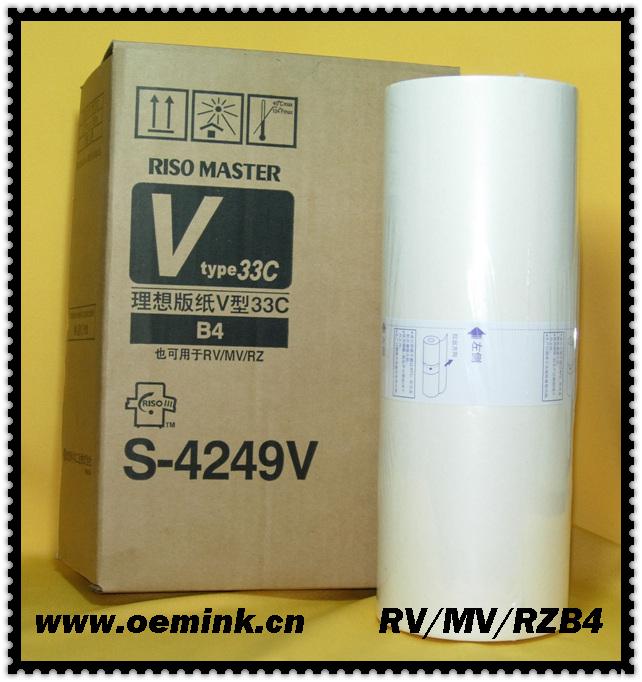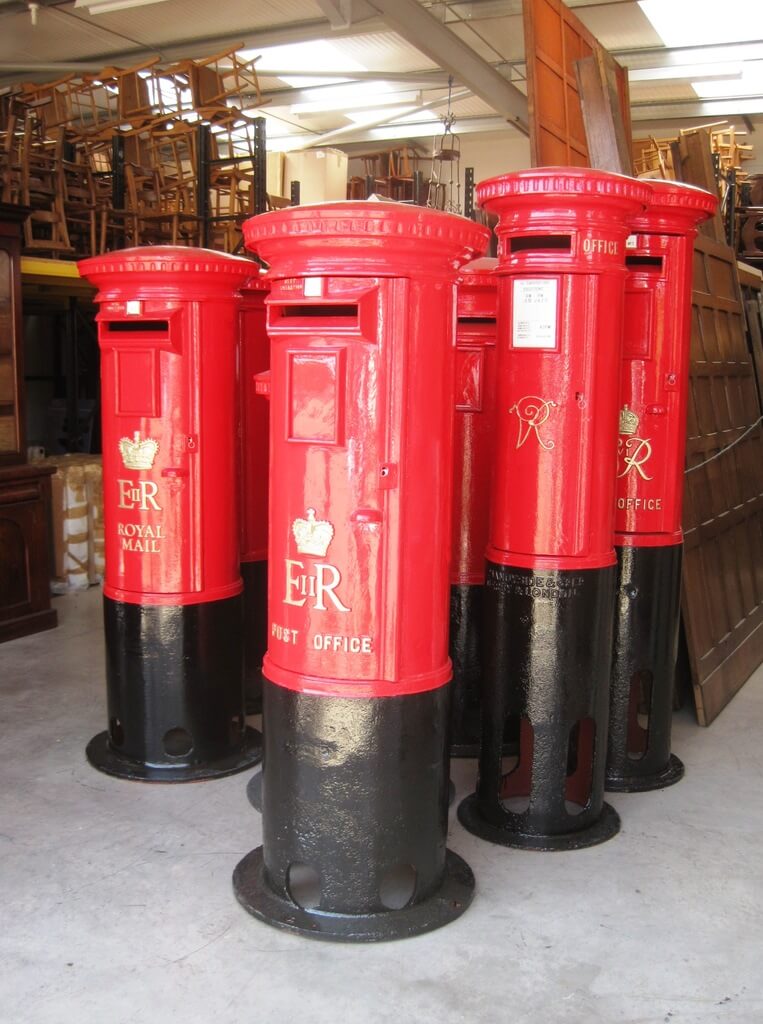- Royal Mail Priority Post Box
- Royal Mail Black Post Box Dimensions
- Black Post Box Uk Royal Mail
- Royal Mail Post Box
- Royal Post Box
- Royal Mail Black Post Box
History of the British Post Box I was originally led to believe that this page was all the work of a Postie from Sutton Coldfield. It was he who said that I could use it all on my site, including his b/w images which were on a pamphlet he handed me. After quite a while of this page being online I have since found out that the text and some of the images are by Rosalind Wicks and the page has been on her son Pauls, site for a while. I am happy, therefore, to give credit where credit is due to: © Original text copyright Richard Paul Wicks . Some of the images are copyright Rosalind Wicks and some Robert Calway. | ||
History of British Letter Boxes By Paul & Rosalind Wicks © text & most Images | ||
Photo copyright © Rosalind Wicks | Victorian Letter Boxes Most houses in Britain have a letter box in the front door, usually a simple slot with a flap over it, through which the post is delivered each morning. The Post Office first encouraged people to provide these in 1849. Similar letter boxes were provided at post offices for people sending letters. One such letter box which was originally in the wall of the Wakefield Post Office has the date 1809 on it and is probably the oldest British letter box still in existence. In 1840 Rowland Hill suggested the idea of roadside letter boxes for Britain. Letter boxes of this kind were already being used in countries such as France, Belgium and Germany. However there were no roadside letter boxes in the British Isles until 1852, when the first pillar boxes were erected at St Hellier in Jersey at the recommendation of Anthony Trollope, who was working as a Surveyors Clerk for the Post Office. | Photo copyright © Rosalind Wicks Early British pillar box in Union Street, Guernsey |
| Copyright © Robert Calway Fluted Pillar box Polesworth | In 1853 the first pillar box on the British mainland was erected at Botchergate, Carlisle. A similar box from the same year still stands at Barnes Cross, Bishops Caundle in Dorset. It is the oldest pillar box still in use on the mainland. Most of the early boxes were similar in design to the Channel Island boxes, but there were some interesting variations. | Copyright © Robert Calway Londons first Post Box 1855 |
| Photo copyright © Rosalind Wicks Liverpool Special, 1863 | In 1856 Richard Redgrave of the Department of Science and Art designed an ornate pillar box for use in London and other large cities. An example of one of these boxes, which would have been painted bronze, is now at the Victoria and Albert Museum. A less ornate version was used in other towns and cities. In 1859 the design was improved by moving the aperture from the top to below the rim and this became the first National Standard pillar box. The one exception to this standard is the Liverpool Special of 1863. | Photo copyright © Rosalind Wicks A pillar box from 1856 at Framlingham, Suffolk |
| Photo copyright © Rosalind Wicks National Standard, 1859 | Green was adopted as the standard colour for the early Victorian boxes. Between 1866 and 1879 the hexagonal Penfold became the standard design for pillar boxes and it was during this period that red was first adopted as the standard colour. The first boxes to be painted red were in London in July 1874, although it took 10 years before nearly all the boxes had been repainted. | Photo copyright © Rosalind Wicks Hexagonal Penfold, 1872 |
| Photo copyright © Rosalind Wicks High aperture anonymous pillar box, 1879 | In 1879 came the cylindrical design of pillar box, which apart from a few recent experiments has changed very little since. The early boxes had no royal cipher and are known as “anonymous” boxes. This oversight was corrected from 1887 when the words POST OFFICE were also placed either side of the aperture. The cylindrical boxes came in two sizes, T (larger) and ‘B’ (smaller). The oval type C boxes with separate apertures for town and country first appeared in London in 1899. Lamp boxes, for use in areas where the amount of post is small, first started to be used generally from around 1897. Although designed to be attached to a lamp post they may also be found attached to telegraph poles, their own post or even set in a wall. The first proper roadside wall boxes had been in use from about 1857. Ludlow boxes, named after the Birmingham manufacturer James Ludlow, were made for use at sub-post offices between 1885 and 1965. Manufactured from sheet metal and wood with distinctive enamel plates they were more prone to rot than cast iron boxes. | Photo copyright © Richard P Wicks Victorian Wall Box 1881-1904 (with modified aperture circa1956) |
| Photo copyright © Rosalind Wicks A Victorian Lamp Box | Copyright © Robert Calway Sutton Coldfield Hexagonal Penfold 1872 | Photo copyright © Rosalind Wicks Victorian 'Ludlow' Postbox |
| copyright ©letter box study group K4 telephone Kiosk, stamp machine & post box | History of British Letter Boxes 1980 to 1999 In 1924 oval signs showing the direction to the nearest post office were used on top of pillar boxes for the first time. It was also in 1924 that the first experimental Telephone Kiosk no. 4 was produced which incorporated a post box and stamp vending machine. Pillar boxes for airmail letters were introduced in London in 1930. The first of these was sited outside the General Post Office in King Edward Street, London. Originally these were simply a type ‘B’ box painted blue with an oval sign saying AIR MAIL placed on top, but from 1932 they were produced with a double collection plate, one for collection times and one for air mail postage rates. This service lasted until 1938 when the first box to be erected was also the last to go. | copyright ©letter box study group B Type King George V airmail letter box with double collector plate |
| copyright © Robert Calway B Type with direction sign Middleton Tamworth | During the short reign of Edward VIII in 1936 only a relatively small number letter boxes were made, with the larger type ‘A’ pillar box being much rarer than the narrower type ‘B’. It is believed that there is only four surviving example of an Edward VIII Ludlow type letter box. In 1935, towards the end of the reign of George V, a new design of lamp box was introduced with a flatter roof. Another design, with a rectangular front, was introduced during the reign of George VI. | copyright ©Robert Calway Edward VII Ludlow at Lullington Derbushire |
| copyright ©Robert Calway Early GR Lampost Upper Longton Rugeley | In 1954, after it had been pointed out that Elizabeth II of England was only the first Elizabeth to reign over Scotland, the cipher was not used in Scotland. Letter boxes were made with just a Scottish Crown on instead. There was very little further change in the design of letter boxes until an experiment in 1968 with rectangular boxes (Type F). These were made from sheet steel and proved not to be very hard wearing and so a cast iron version, the Type G, was introduced. For their next design in 1979 the Royal Mail went back to the cylindrical shape, this time without the familiar pillar box cap. This box is known as Type K. Finally, on modern post-boxes the words POST OFFICE have been replaced by the words ROYAL MAIL. | copyright ©Robert Calway Lamp Box GR VI Whittington Lichfield road |
| copyright ©Robert Calway QE II Pooley View Polesworth | copyright ©Robert Calway Type A King Edward VIII Digbeth | copyright ©Robert Calway Type B King Edward VII Sutton Coldfield |
| copyright ©Robert Calway Type G ERII Four Oaks PO | copyright ©Robert Calway Type K Pillar Box Station Road Polesworth | copyright © Gary Langford Type M Letter Box |
| copyright © Gary Langford Royal Mail Type C Pillar Box | copyright ©Robert Calway Type Bantam Pillar Box Little Ingestre Staffordshire | copyright ©Robert Calway Type L Letter box Wigginton |
| copyright ©Robert Calway Royal Mail Indoor Pillar box Pooley View Polesworth | ||
Find great deals on eBay for british post box. Shop with confidence. Durable, all cast aluminum construction. Material: Aluminum. Color: Black Brown White.


Copyright: © http://www.wicks.org/pulp/part1.html
- Location: UK
Royal Mail: Black Postboxes by Royal Mail
Royal Mail Priority Post Box
Royal Mail Black Post Box Dimensions
Royal Mail will has unveiled four special-edition black postboxes around the UK to mark the beginning of this year’s Black History Month.
The social media-activated postboxes are painted black with a striking gold trim, and each feature a figure of significance to the British black community, who has also appeared on a Special Stamp.
Those featured include: Sir Lenny Henry CBE; Yinka Shonibare CBE RA; John Barnes, Nicola Adams and Marianne Jean-Baptiste

The postboxes highlight the prominence and nationwide success of all the Black Britons featured.
A full list of Black Britons who have appeared on Special Stamps over the years can be found by scanning a QR code on the boxes, which link through to a dedicated online gallery on the Royal Mail.
Black Post Box Uk Royal Mail

Royal Mail Post Box

Royal Post Box
Royal Mail Black Post Box
